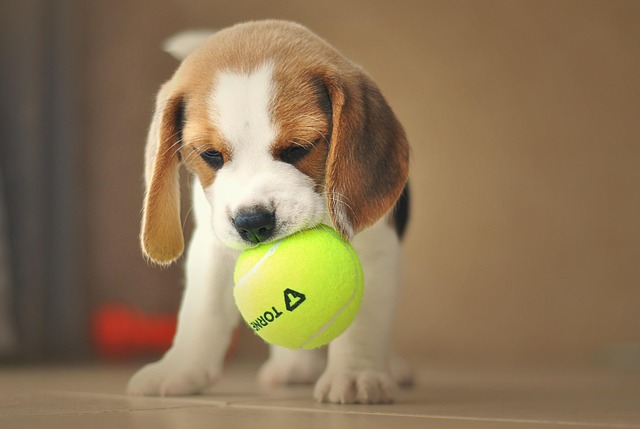
How can I tell if my dog's heatstroke is serious
Let’s be real: It’s a sticky August morning in Los Angeles, and you took your 2-year-old Golden Retriever, Max, for a walk a little later than usual
Ever notice how your pup’s tail wags twice as fast when they spot the car keys? Car rides mean adventures—park trips, beach days, maybe even a visit to grandma’s. But keeping them safe while they’re bouncing with excitement? That’s where the real care comes in. Every dog owner wants their furry co-pilot to enjoy the ride, but figuring out the best way to keep them secure can feel tricky.
The first rule? No more loose pups roaming the backseat. Those sudden brakes or sharp turns can turn a happy ride into a scary situation in seconds. Most experts agree that a proper restraint is non-negotiable. For smaller dogs, a well-fitted car seat that clips into the seatbelt works wonders—they can see out the window without sliding around. Larger breeds often do best in a sturdy crate or a harness that anchors to the car’s frame, giving them space to stretch without risking injury. And here’s a heads-up: many places have laws about keeping pets restrained in cars, not just for their safety but for yours too. A sudden movement from an unrestrained dog can distract the driver, which no one wants.
Getting them used to the setup matters just as much as the gear itself. If your dog associates their car seat or crate with stress, they’ll fight it every time. Try leaving it out in the living room for a few days, with treats or their favorite toy inside. Short practice sessions—just sitting in the parked car with the engine off—can help them relax. Once they’re comfortable, those first few short drives will feel like a game, not a chore.
 Little details make a big difference during the ride. Ever seen a dog stick their whole head out the window, ears flapping like flags? It’s cute, but flying debris or a sudden gust can hurt their eyes or ears. Crack the window just enough for a sniff of fresh air—they’ll still get that rush of new scents without the risk. And never, ever leave them alone in a parked car, even for a minute. Summer heat turns cars into ovens in minutes, and winter cold can be just as dangerous. It’s not just kind—it’s often against local laws, with good reason.
Little details make a big difference during the ride. Ever seen a dog stick their whole head out the window, ears flapping like flags? It’s cute, but flying debris or a sudden gust can hurt their eyes or ears. Crack the window just enough for a sniff of fresh air—they’ll still get that rush of new scents without the risk. And never, ever leave them alone in a parked car, even for a minute. Summer heat turns cars into ovens in minutes, and winter cold can be just as dangerous. It’s not just kind—it’s often against local laws, with good reason.
Making the ride enjoyable keeps everyone calm. Pack their favorite chew toy to keep them occupied, and plan stops every couple of hours for a quick walk and bathroom break. Puppies and older dogs need more frequent pauses, so build that into your route. If your dog gets anxious, soft music or a familiar blanket from home can work like magic to settle their nerves. After all, a relaxed dog is a safe dog—less fidgeting means less chance of tangling with restraints or distracting you.
Making car rides safe isn’t just about following rules—it’s about letting your dog enjoy the journey as much as the destination. When they’re secure and comfortable, every trip becomes a memory you’ll both cherish. So next time you grab those keys, take an extra minute to set them up right. Their tail (and your peace of mind) will thank you.

Let’s be real: It’s a sticky August morning in Los Angeles, and you took your 2-year-old Golden Retriever, Max, for a walk a little later than usual

You're enjoying a summer afternoon at the park when you notice your dog has stopped panting and appears disoriented - their gums are bright red

Let’s paint the picture: You’re in your Denver apartment, watching your 4-year-old Boston Terrier, Ruby, plop down mid-play session with her favorite toy

Many dog owners notice their pets nails seem shorter after regular walks,but how much does this daily activity actually help?The answer depends on where you walk—concrete sidewalks or asphalt streets gently file nails as a dog's paws hit the ground

Most dog owners notice their pup scooting across the carpet at some point, but few connect it to impacted anal glands. These small sacs near a dog’s rectum secrete a scent for marking territory

Most vets agree that regular dog teeth cleaning is key to avoiding painful dental issues later. For healthy adult dogs, a professional cleaning at the vet’s office every 12 to 18 months usually works well.